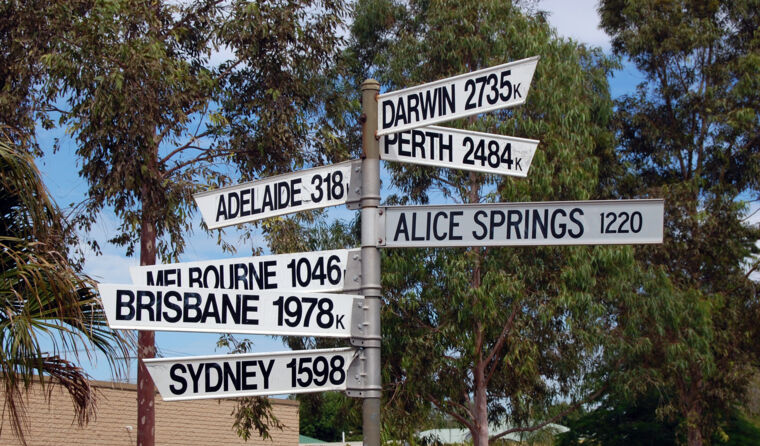News
‘Bring more GPs to the bush’: RACGP
With the Federal Election looming, the college has welcomed promises to boost the rural workforce but says there is a long way to go.
 More than 18,400 people in remote and very remote Australia lack access to primary healthcare services within an hour’s drive from their home.
More than 18,400 people in remote and very remote Australia lack access to primary healthcare services within an hour’s drive from their home.
The RACGP has doubled down on calls for rural GPs not to be forgotten before and after the Federal Election, saying much more is needed to address a chronic shortage of doctors in the bush.
With just days left until millions of Australians head to the polls, the college has welcomed several political promises from all sides targeting the rural healthcare workforce.
While RACGP President Dr Michael Wright said the commitments will save lives in marginalised communities, he added that ‘they are just one of a number of steps needed’.
‘We need to see Australia’s next Government working with GPs to ensure that no communities struggle without access to a GP,’ he said.
Earlier this month, the Coalition announced it will spend $100 million to improve rural healthcare if it wins the Federal Election.
This includes funding for additional Commonwealth Supported Places (CSPs) and upgrading regional medical training facilities across Australia.
It comes as the Labor Party promised $45 million for 100 new medical CSPs per year from 2026, increasing to 150 from 2028, and $3 million to uncap the number of medical CSPs for Aboriginal and Torres Strait Islander students from 2026.
However, these promises come at a time when doctors are leaving their regional practices.
Last week, Dr Cameron Hoare spoke out about the reality of being a GP outside of the major cities, telling his story of ‘easily’ working 80-hour weeks, plus on-call hours, in the rural Queensland town of Cloncurry.
It led to a burnout which has seen him leave his practice.
Dr Hoare’s story is one all too familiar to many regional GPs.
Throughout the election campaign, RACGP Rural Chair Associate Professor Michael Clements has called for ‘targeted and tailored‘ solutions to the workforce woes.
Now, he is calling for work to be done to address the ‘longstanding struggle’ to attract and retain healthcare professionals in rural and regional Australia.
‘GPs and other doctors who study in regional areas are far more likely to stay and practice in these areas,’ Associate Professor Clements said.
‘When we get GP trainees into rural areas, they get to know the area and the lifestyle and form attachments within the community they are working in, making them more likely to stay long term.
‘Every commitment made to invest more in regional and rural education and training brings us one step closer to building the robust workforce we need to reach every postcode in Australia.’
Earlier this year the National Rural Health Alliance’s Rural Health in Australia Snapshot 2025 found people living in outer regional, remote or very remote areas experience longer waiting times to see a GP than those in major cities.
It also revealed 18,405 people in remote and very remote Australia lacked access to primary healthcare services within an hour’s drive from home.
Log in below to join the conversation.
Election Federal regional healthcare
newsGP weekly poll
As a GP, do you use any resources or visit a healthcare professional to support your own mental health and wellbeing?